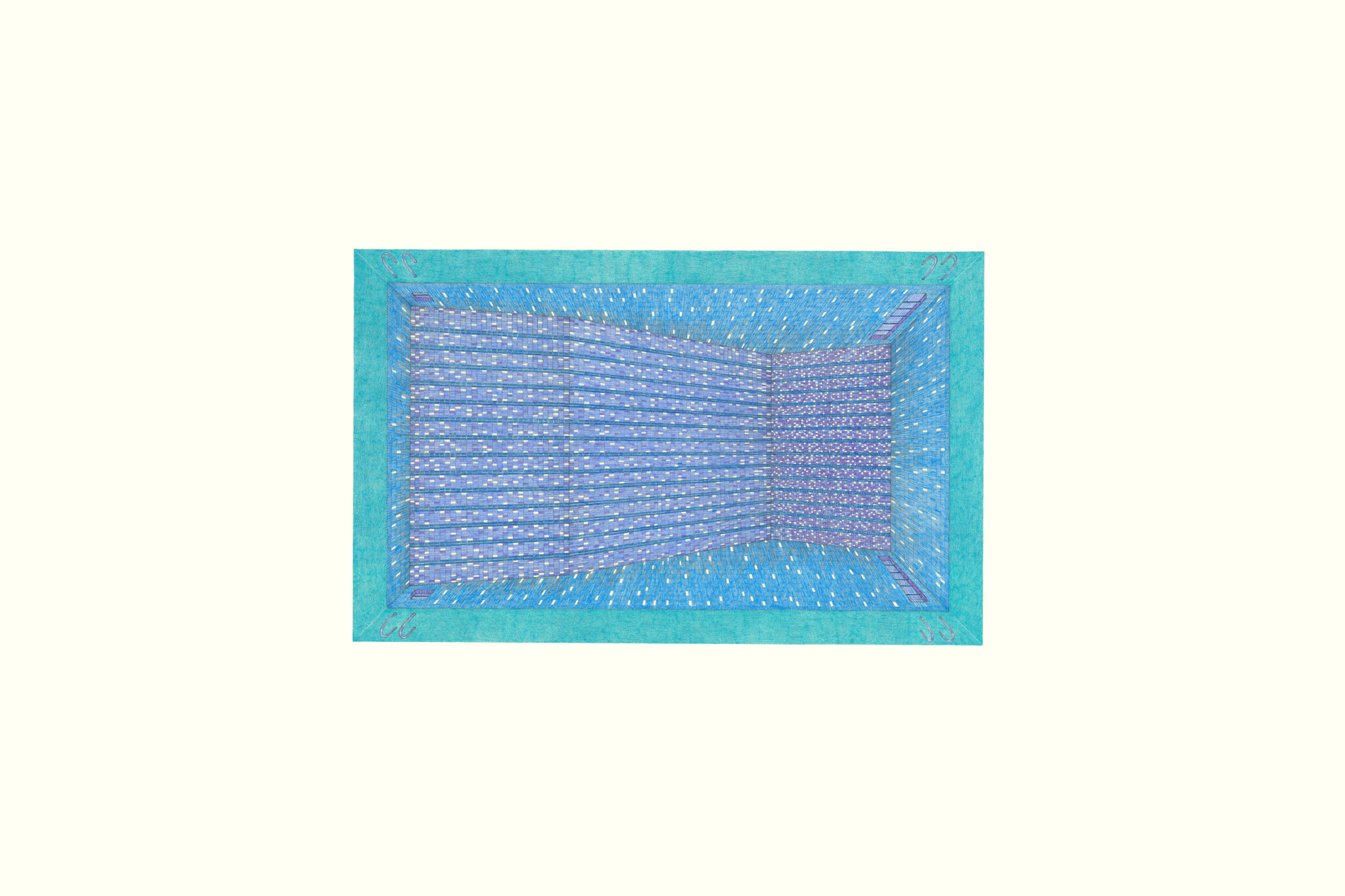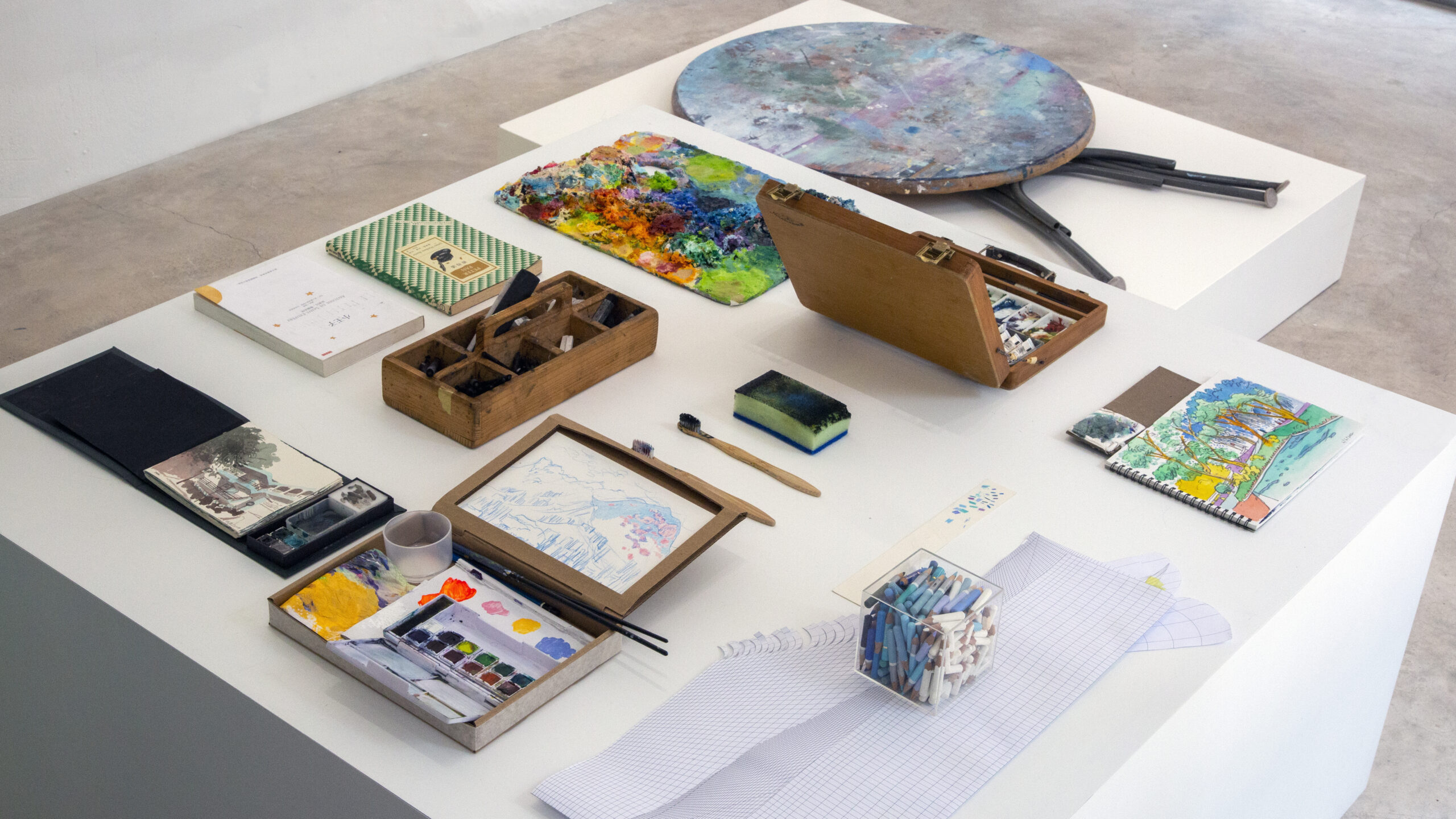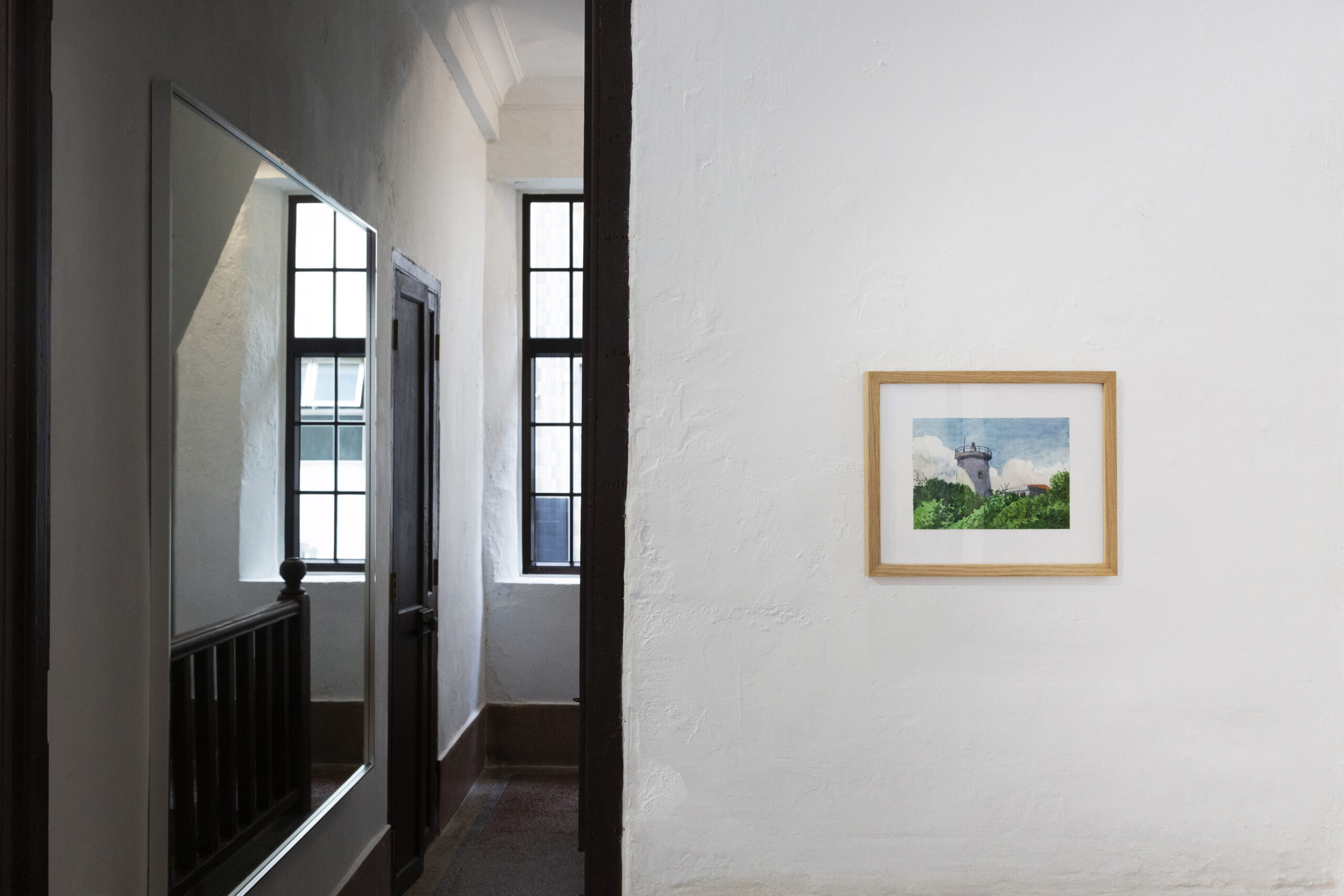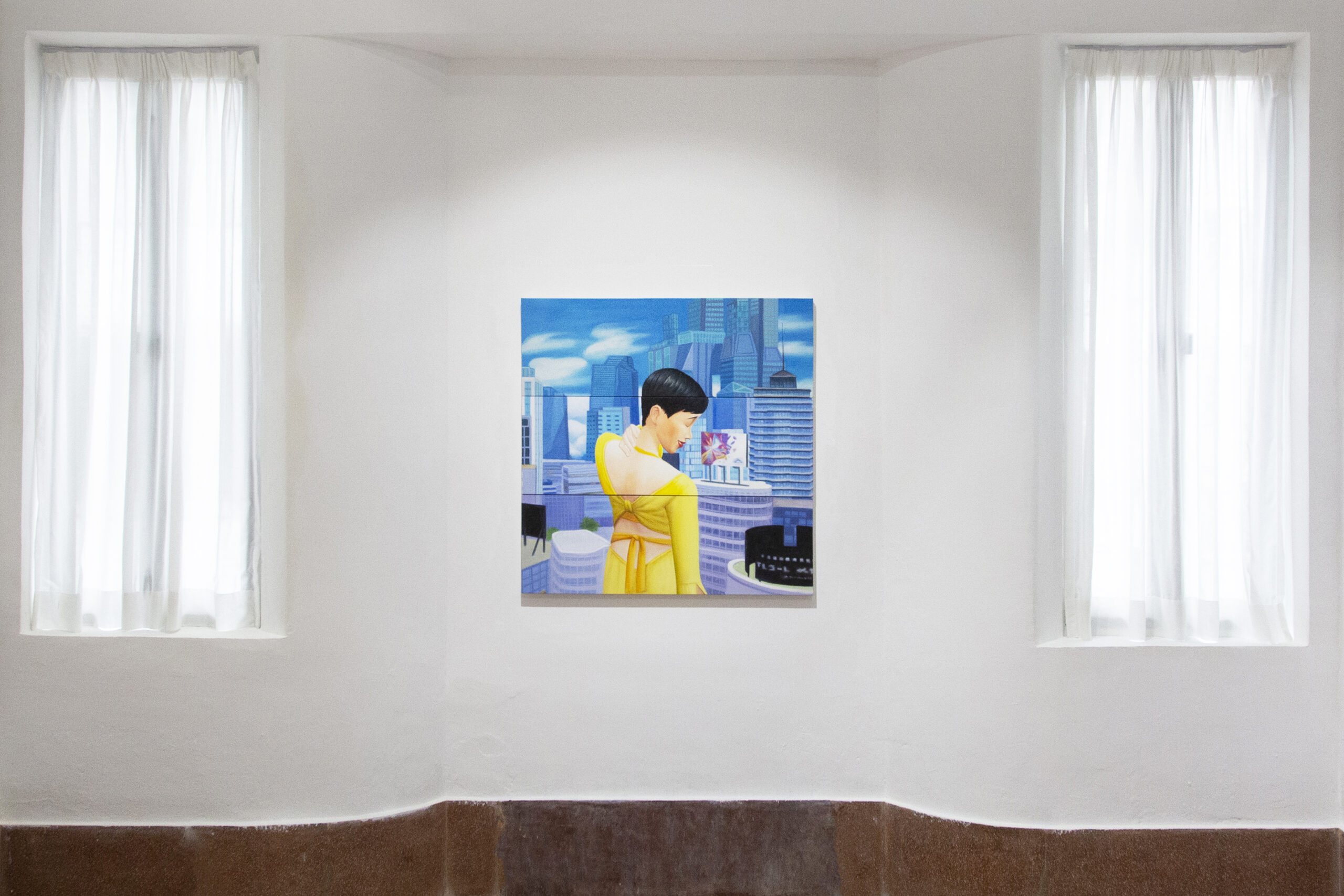ALONG THE WAY
Along the Way explores the practice behind the artwork of each artist by showcasing the tools being used during the process. A tool completes the artwork at two different levels; on the surface, a tool gives a tangible and material finish onto the artwork; beyond the superficial image, the artist’s practice is informed by the meaning embodied in the selected tool. By studying the tools, the audience is invited to unveil the artwork and intellectual of the artist simultaneously. We ask each artist about their artwork, decoding the practice process from our everyday understanding.
CHAN WAI LAP:
I work predominantly with colour pencils and pencils. The colour pencils are rendered unusable after leaving back-and-forth strokes on a piece of paper. In the end, their life also came to an end and turned into work. Nevertheless, I like to keep them as a recollection of my work. From this, the tools become a testimony of my work and my practice. Encountering a new swimming pool reminds me of the feeling of visiting an unfamiliar place. The exterior of the building, the water flow in the pool, and the design of the bricks are all strange to me. Tracing carefully the tiles and design of the swimming pool is similar to recording landscapes in a close-up. Calculations play an important role in my work. Without accurate documentation, sometimes I have to rely on my impressions and memories to construct my work.











